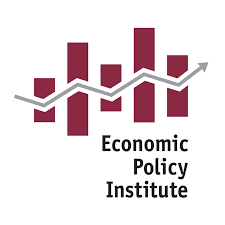
By Martin Carnoy and Emma García
Progress by blacks and Hispanics, the takeoff of Asians, the stall of non-English speakers, the persistence of socioeconomic gaps, and the damaging effect of highly segregated schools
In 15 years of increasing average test scores, black-white and Hispanic-white student achievement gaps continue to close, and Asian students are pulling away from whites in both math and reading achievement. For the improving groups, these long-term trends may be a major educational success story.
In stark contrast, Hispanic and Asian students who are English language learners (ELL) are falling further behind white students in mathematics and reading achievement. And gaps between higher- and lower-income students persist, with some changes that vary by subject and grade. Meanwhile, the proportion of low-income students in U.S. schools has increased rapidly, as has the share of minority students in the student population. The chances of ending up in a high-poverty or high-minority school are highly determined by a student’s race/ethnicity and social class. For example, black and Hispanic students—even if they are not poor—are much more likely than white or Asian students to be in high-poverty schools. (Read more)








